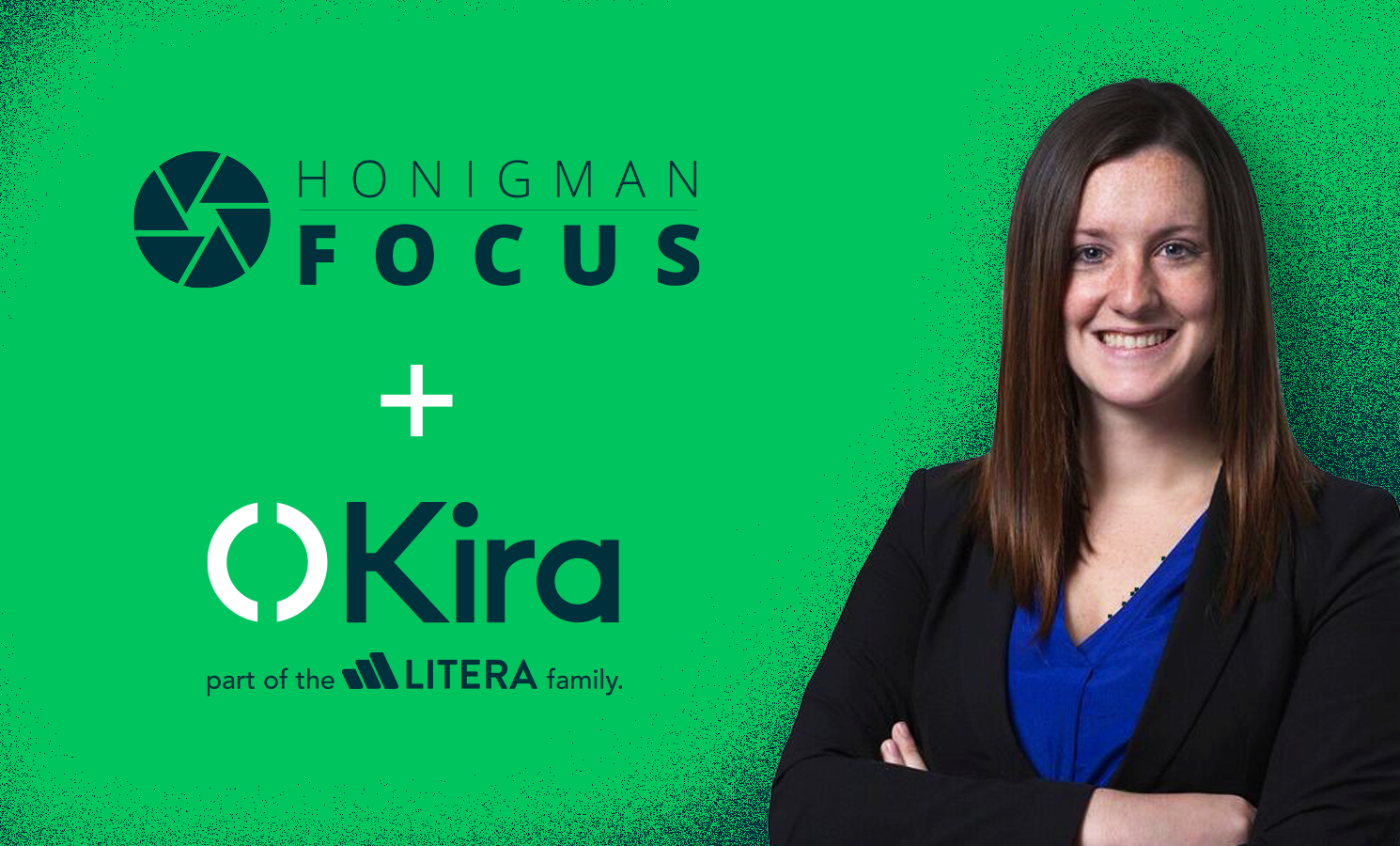What will the legal workplace look like post-pandemic? The topic arose during an Ortus roundtable that was hosted by Kira Systems. One of the participants, Gabor Garai, partner and business lawyer, and chair of the Foley and Lardner LLP’s Private Equity & Venture Capital Practice, argued that legal workplaces are becoming curated “experiences,” and that the response to COVID-19 is driving much of the change.
Commodity vs Experience
Garai’s thinking about the workplace goes back many years. He and his wife, also a partner at Foley, came to the firm about 16 years ago and helped set the tone with the view that “the office should be part of your everyday life. It shouldn’t be separated.” That meant building in food and casual meeting places, regular unstructured gatherings, and a different kind of design. “We had designed our entire office to look more like a high-end boutique hotel rather than an institutional office.”
He believes that organizations such as law firms are starting to take their cues from other service industries, with curated experiences targeted to employees as well as customers. “If you think about what happened to our world, it has bifurcated in the last 20 years or so into what I call commodity-style consumption and experience-style consumption.”
The work from home protocol has disrupted some of the workplace experiences for many lawyers, but for Garai it has also focused attention on this idea of a curated experience. And it made him realize that workplaces are a mix of both commodity and experience-type environments. “I think the consensus is that people like … both experiences. People like the idea of working from home. And one of the reasons they like it now after a year is because they’ve invested a lot of time to make it a comfortable circumstance.” But the office has its own attractions. “Even people who have a lovely house and a beautiful office say, ‘Well, that’s fine, but after a while, it’s boring.’ It’s not as multidimensional as going to the office. I mean, the thing about the office that is quite special is that, like other experiences, like going to a restaurant, it has some routines and some surprises. And it’s that combination of routines and surprises that makes it fun, right?”
Automation and its Impact on M&A Practice
But what impact will these changing attitudes have on M&A practice specifically? One big difference has to do with the teamwork aspect of working on M&A deals. Being physically together can give teams a better understanding of what’s going on in a deal, and which colleagues are most busy. “People are much more honest and forthright in being able to share how busy they are in life, sometimes just through body language.” It might be more difficult to say no to work via email or by phone.
One important aspect of M&A practice - in-person meetings for various purposes - will almost certainly be different post-pandemic, says Garai. “People are much more used to virtual meetings rather than in-person meetings, and they are better at it. So I suspect that when it comes to negotiations or even some of the due diligence processes, people are more comfortable doing that virtually than live. And that will impact travel and it will impact people. People will be more willing to say, ‘I’m not going to travel to have a two-hour meeting in New York.’” And remote work has certainly increased comfort with the automation of tasks, including due diligence.
One area where Garai does see a bigger role for automation in the future is in the standardization of approaches to deals, especially standardization in merger and acquisition agreements. “Right now, what happens in just about every firm is that an associate starts working with a partner, and the partner pulls out either his last deal form or his favorite deal form and says start with that. And that form may be different than the one that another partner uses. And even though there are standard forms published on the website of most firms, including ours, they’re not the ones that people necessarily use.”
There are terms that come up in many acquisitions: definitions of acts of God or force majeure; material adverse change; treatment of outstanding PPP loans in a post-pandemic deal; all kinds of terms. These are issues that come up in the creation of every merger agreement, and a technology-based, standardized way to address them would be very useful, says Garai. He points to other jurisdictions that have taken some of this inefficient back-and-forth over terms out of the M&A process through legislation. Germany, for example, recently adopted statutes that basically have all the representations and warranties, indemnities, and standard provisions adopted in law. This leads to shorter contracts and a faster process. “The contracts are 12 pages and they incorporate all these terms by reference. Wouldn’t it be great if you could have a standard form of terms and conditions which the steel industry, or any other industry, would adopt and people would just incorporate them by reference and not have this big negotiation?”
Finally, Gerai identified another area where behaviors and staffing will be impacted by automation: the training and deployment of young lawyers on deals, and their learning curve. Much of the work of due diligence is done by inexperienced younger lawyers, but when those younger lawyers are supported by machines on some of the routine tasks like simply identifying various clauses in contracts, the machine plus the associate will arrive at a better result. “An automated system can accurately do much of the “finding” involved in due diligence, but then you need to have a human evaluate the strategic impact of the information. So when you have an inexperienced associate who is smart and who has been in law school and understands some of those legal issues, but may not know exactly where to find the flaws in the document, or where to find vulnerabilities, an automated system can be trained to do that. When the two of them work together, you really get a superior result.”



